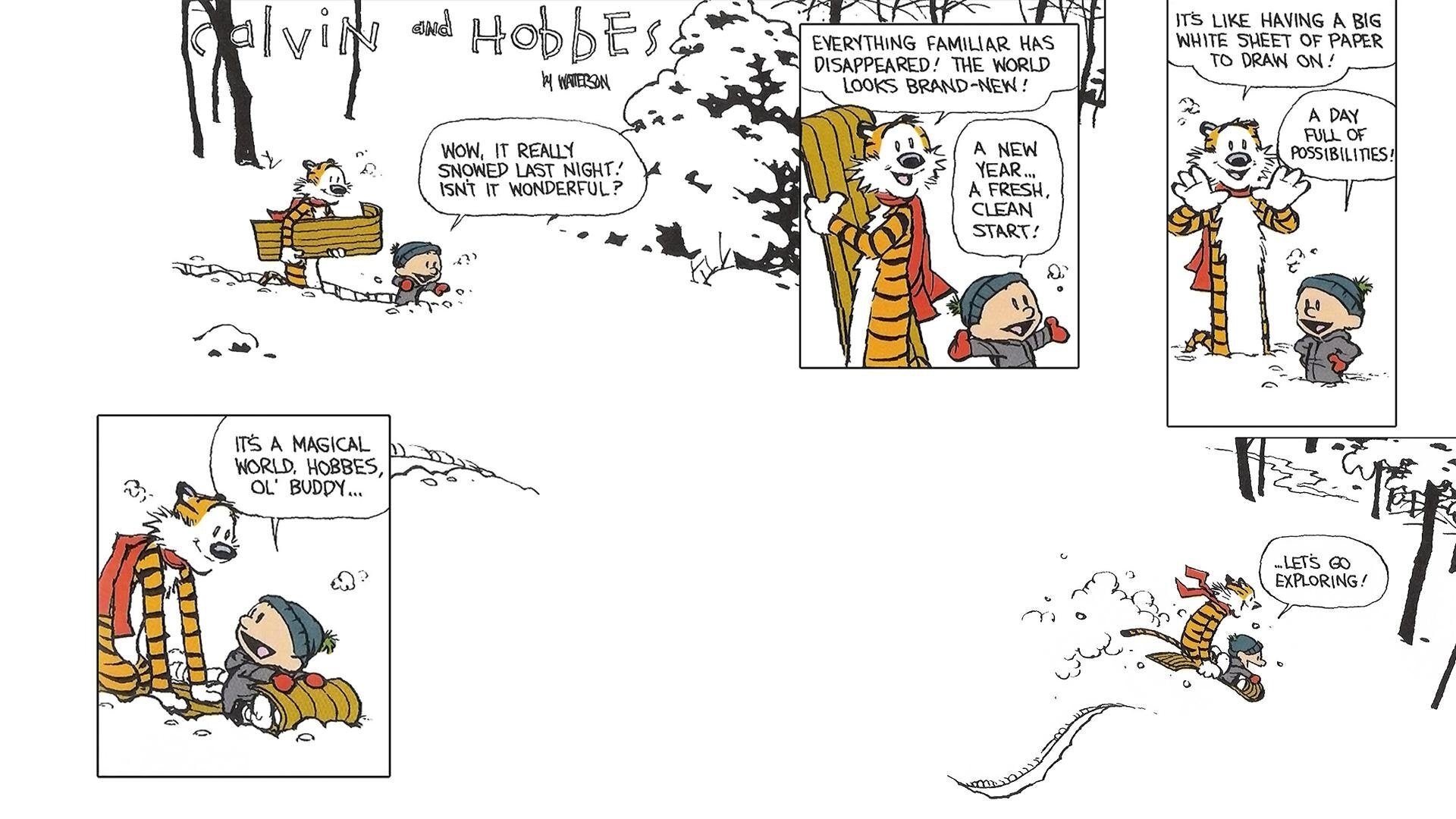Let’s Make Advertising Exciting Again
With the evolution of the programmatic ecosystem, digital advertising has been subject to tight guidelines, standard measurement, and creatives that come in little rectangular boxes. With programmatic’s growing problems around cost, lack of transparency, loss of 3rd party data and incompatibility with privacy, perhaps here’s an opportunity to make advertising exciting again.
My favorite comic as a kid was Calvin and Hobbes. One of the many products of Calvin’s imagination was Calvinball, a game that had no rules other than those that the players made up as they went along; meaning that no game of Calvinball would look like any other.
Calvinball. Source: Insaner.com
In digital advertising the power to define the rules of the game has largely rested with the technology providers on the buy-side and sell-side. OpenRTB has been the language in which transactions are conducted, and while that language has been slowly developing to become more sophisticated, it is just that - slow.
In the meantime more industry experts have been predicting the return of creative work as a future driver of advertising effect, perhaps because data to measure performance is largely disappearing with the 3rd party cookie. While there has been some technological innovation in creativity, programmatic advertising has largely sacrificed creativity to the benefit of standardization. Such an ecosystem can only grow as quickly as it has if the players involved agree on a common language (OpenRTB) and a set of standards. Thus programmatic advertising comes in little rectangular boxes.
Creativity from Collaboration
Let’s say you’re a buyer and you agree with all this. Now what? Standards are there for a reason; they’re an agreed-to set of sizes and behaviors that publishers approve of when opening the doors to their inventory, and the technology providers, the referees, will make sure that buyers respect limitations. You could alternatively approach the publisher directly to set up a custom insertion order, but that brings challenges to scale.
It seems that if we are going to realize the potential in creativity and at the same time maintain scalable processes, we also need to break out of the rule sets imposed by programmatic platforms that have sacrificed creativity for scale.
Almost every week I am contacted by supply- and/or demand-side platform companies that want to connect to Adnuntius, and I appreciate it. However, there is rarely any talk about what requirements and needs advertisers or publishers have, and how we as technology providers can work to solve them.
Because there isn't any need. The rules are already written.
In order to support creativity at scale the referees need to step off the field and rather facilitate better collaboration, and let the two main stakeholders figure out what’s best. It’s time to play Calvinball.
Technology Reframing Collaboration
Here is how we think the industry can work together, and how we have shaped our platform, through an example scenario.
A publisher and agency wishes to work together, and defines some exciting new products, for instance a breakout format that also measures seconds in-screen (as a number of seconds rather than a viewability yes/no). The agency should have access to certain publisher 1st party segments, and also to specified contextual categories based on article categories and keywords.
The publisher has already integrated Adnuntius through prebid, which unlike OpenRTB sets far fewer restrictions to what and what cannot be done on their pages. They quickly create the needed formats and measurement without any custom coding needed on the pages and tests it on a test page. The creation takes only a couple of hours and perhaps they also used Adnuntius’ Customer Success team to get it all done quickly.
A Marketplace Product, a deal concept that let’s the publisher package formats, targeting, pricing, priorities and much more, is created and the agency is given access in real-time to purchase it. There are no errors, no problems with seeing the product on the buy-side (anyone working with deal IDs may know what I am hinting at), and no waiting time.
The agency now logs in, creates campaigns, adds data from its advertiser clients if wanted, and has access to buy future campaigns using the product. The handshake is done through the system, the one-time setup workload has been minimized, and both parties have added value through a more effective product that defends a premium.
Let’s go exploring.
PS: I cheated - the rule in Calvinball is that you can’t play it the same way twice. In Adnuntius we’ve made that all too simple.
The last Calvin & Hobbes strip ever created. Source: Loudmousecrew.gr


